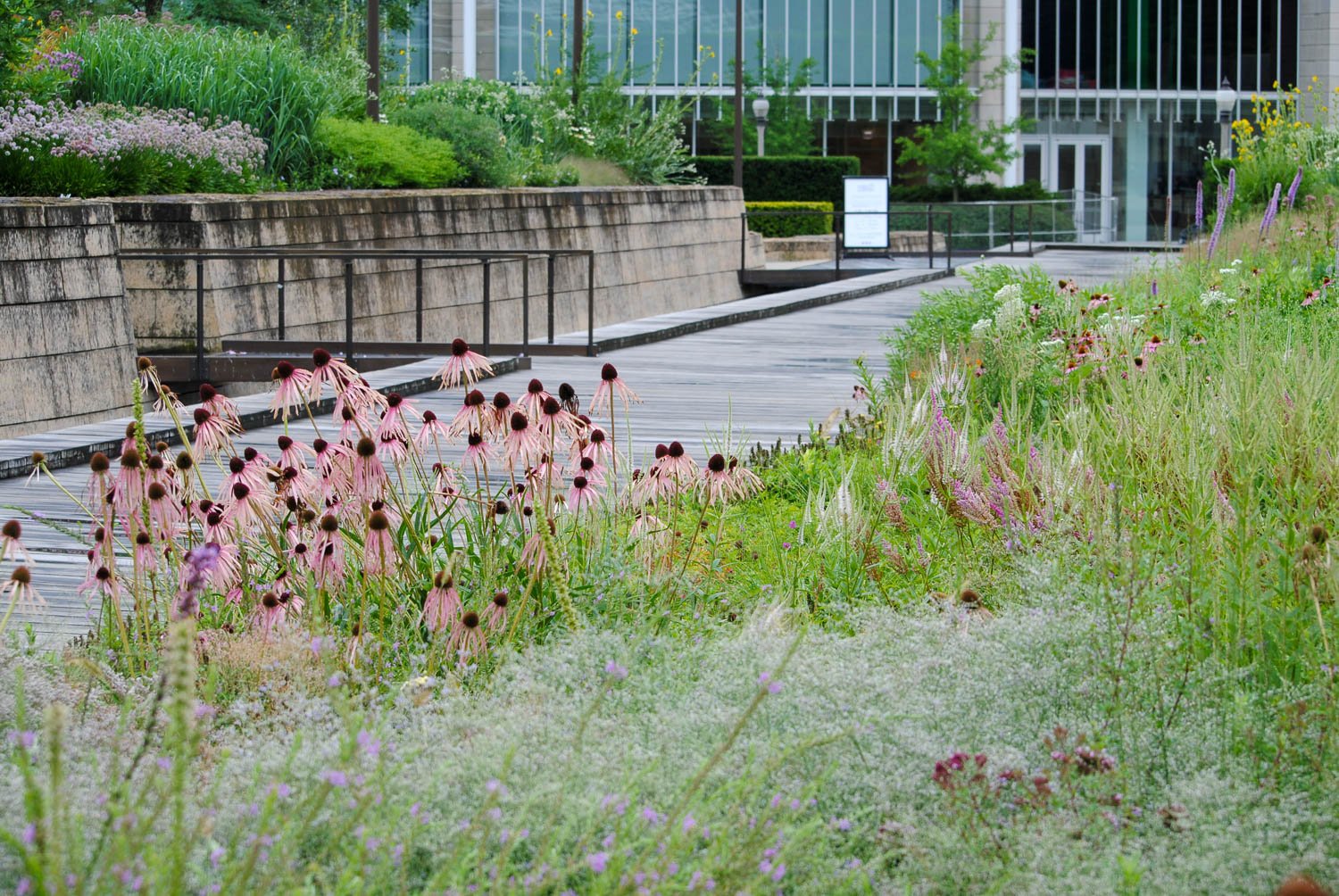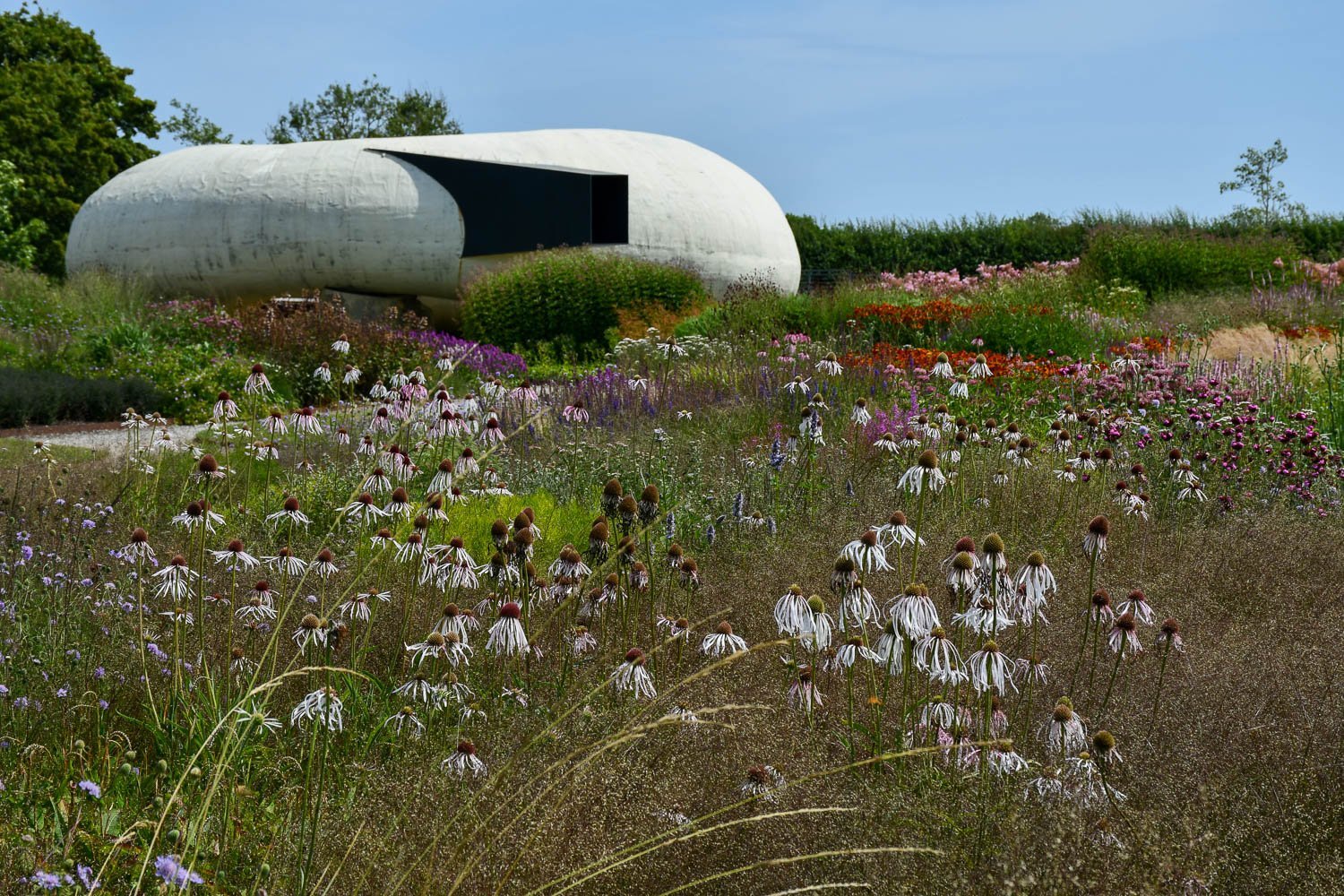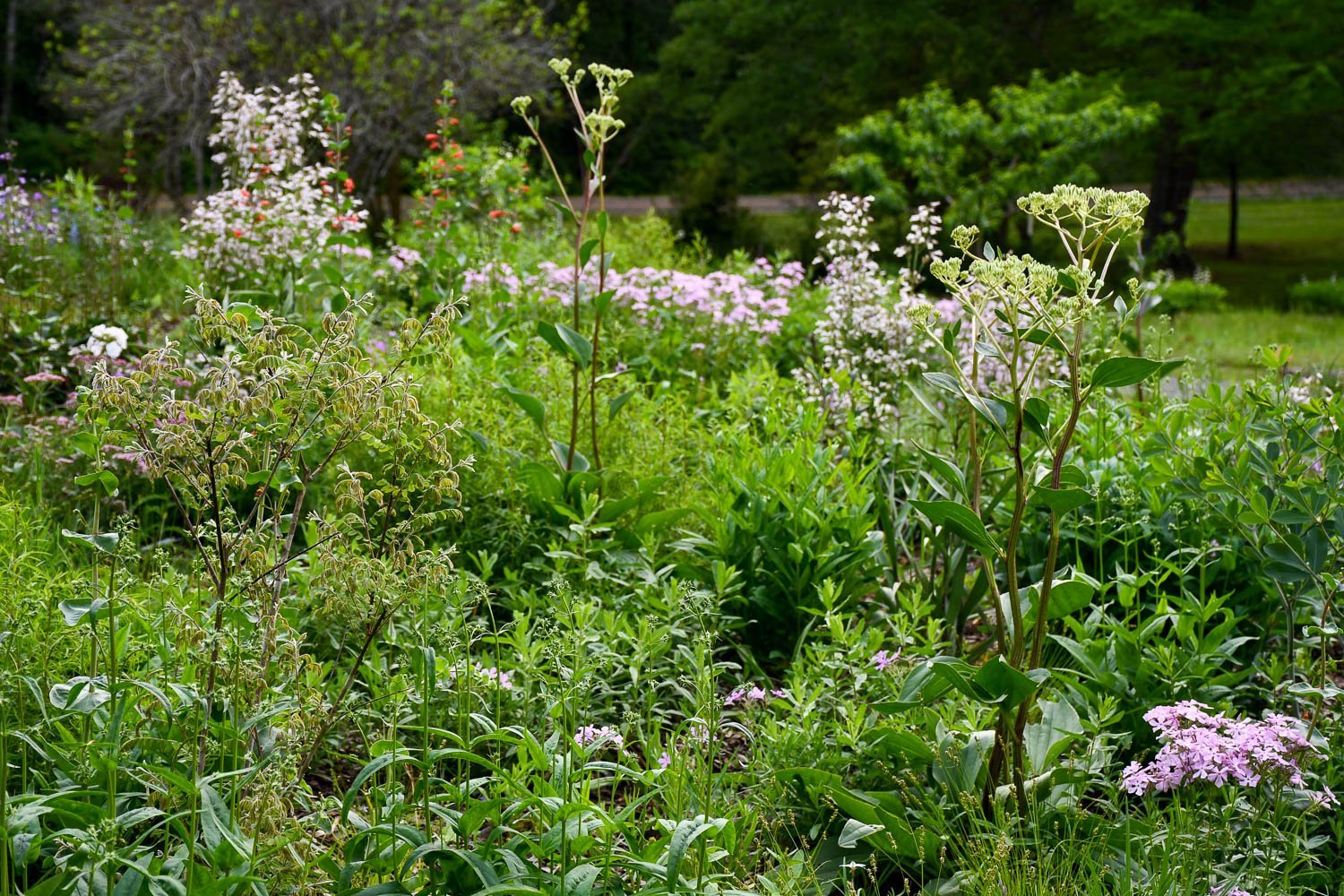And, just like that, March is here.
If I’m honest, spring has crept up on me. Maybe it’s the travel for plant presentations or the busyness of fatherhood.
We were also 17 °F and 23 °F two mornings a couple weeks ago. The cold is still fresh on my mind and still tangible in the soil.
But, the warming days are spurring growth along. All around us the earliest wildflowers and ephemerals are emerging right on cue with this first week of March.
With the growing to do list of spring, I’m glad that I’ve been preparing for this growing season. Much of the prep work we did earlier in winter readying the garden for spring is now paying off. Transplants are rooting in and emerging, clumps I divided are producing fresh shoots, and autumn-sown seedlings are revving up their growth.
With new species where I’m learning the knacks of propagation, I like to autumn sow wild-collected seeds outdoors in trays or pots to mimic natural conditions. It helps me understand if that practice is enough to have successful germination or if I need to craft a better strategy.
While some seeds are just now sprouting, others have been growing all winter and capturing the precious sunlight of short days to be ready to pounce once warmer weather arrives.
Scutellaria integrifolia (helmet skullcap) seed was new to me this past fall. It’s a great spring flowering native with rich blue flowers.
Scutellaria integrifolia (helmet skullcap) flowering
Scutellaria integrifolia seedlings
Once it finishes flowering, it produces these little tractor seat capsules that release seeds. And, last fall I collected some seed here in east Texas. Mid-November sowings had visible cotyledons in early December, and now plugs are plump and well rooted to provide more spring color.
I’ve been wanting for a few years to acquire the local evening primrose species Oenothera rhombipetala (four-point evening primrose), and last fall, I finally had good luck finding the dried seed capsules on a sandy hill nearby. Seeds were sown in mid November, and by the end of the month they had already germinated. I watched as they would tinge maroon with each passing cold snap only to green up with warming weather.
Oenothera rhombipetala (four-point evening primrose) flowering
Oenothera rhombipetala seedling
I spent this week planting out both species in the garden along with Steptanthus maculatus (clasping jewelflower). While I have seedlings that pop up here and there, this calciphile usually needs a dusting of limestone in the hole to provide good growing conditions in our acidic soil. So, I find growing my own seedlings in winter and then transplanting them out a good way to ensure success.
Some of you may have noticed the unique trays I’m using to grow seedlings. I really like these Winstrip trays from Neversink Farm for seed propagation. The airspace helps to root prune rootballs so they are ready to grow once put into the soil. While I recognize plastic trays are a problem, one approach is to purchase extremely durable trays that will last years longer than thinner options. And, seedlings pop out the empty bottom very easily for transplanting.
There are other signs of seeds sown last year germinating. Trillium, Silphium, Rudbeckia, Asclepias, and more are breaking dormancy with the warming weather. And, now with the time change, we have more light and more time in the evenings to enjoy the garden, plant seedlings, and watch them grow.
Want to grow more plants from seed? Then, learn from my engaging bootcamp Success with Seed Sowing!
Practical tips will help you reduce the time it takes to germinate seeds from scratch and reduce the effort needed. You will learn seed basics, the science of seed germination, and the practice of starting seed from sourcing seed until it is ready to go in the ground.




















































































































